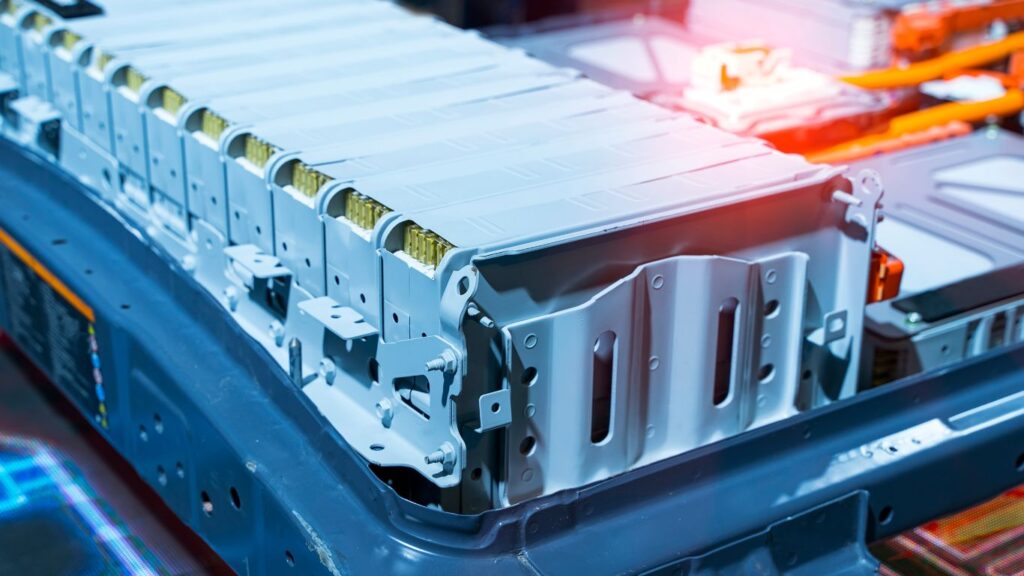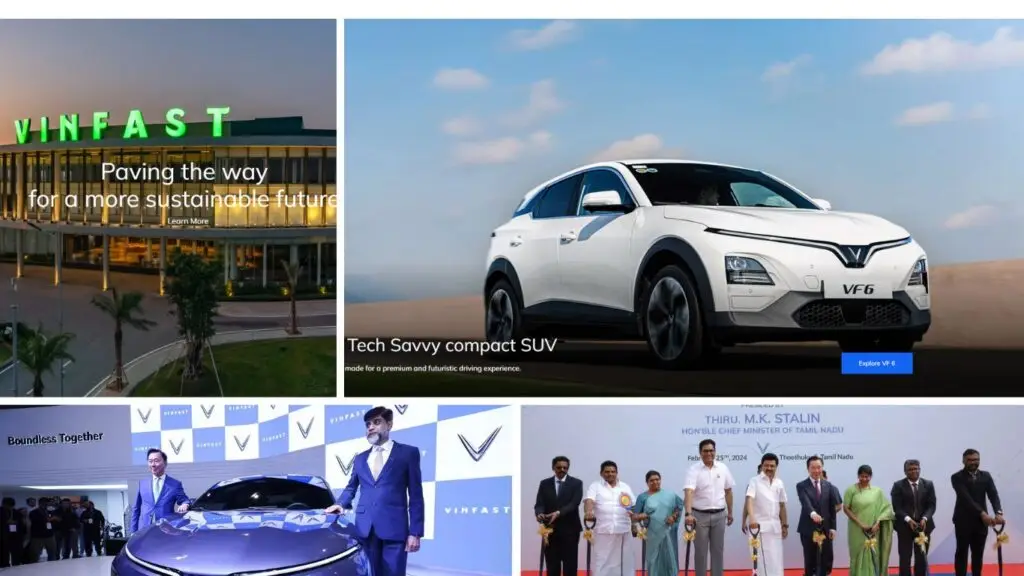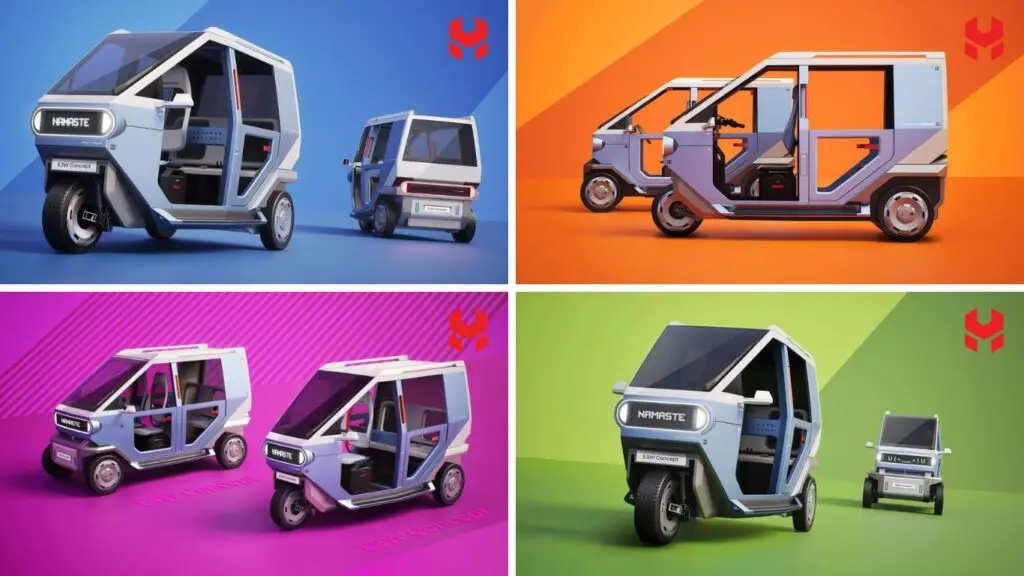
What’s the Buzz About Ford’s LMR Battery?
Ford’s LMR battery is a bold step forward in EV technology, leveraging a lithium-manganese-rich cathode to deliver high energy density at a fraction of the cost of traditional lithium-ion batteries. Unlike conventional batteries that rely heavily on expensive materials like cobalt and nickel, LMR batteries use abundant manganese, making them cheaper to produce without compromising performance. Ford claims this tech could unlock:
Extended Range: Up to 500+ km on a single charge, rivaling premium EVs.
Lower Costs: Reduced production costs could translate to more affordable EVs for Indian buyers.
Sustainability: Manganese is widely available, reducing reliance on scarce, environmentally taxing materials.
For a country like India, where affordability and practicality are key, this could mean EVs that compete with petrol vehicles in price while offering the long-range capability needed for cross-state road trips, like Mumbai to Goa or Chennai to Bengaluru.
Why This Matters for Indian Riders and Drivers
India’s EV market is booming, with two-wheelers like the Ather 450X and four-wheelers like the Tata Nexon EV leading the charge. However, high costs and range anxiety remain hurdles for many buyers. Ford’s LMR battery could change the game:
Affordable EVs for the Masses
With LMR batteries, Ford aims to lower EV prices, making them accessible to India’s growing middle class. Imagine a Ford electric SUV priced closer to a Maruti Vitara Brezza but with 500 km of range—perfect for family trips to Jaipur or hill stations like Ooty.Longer Rides, Fewer Stops
India’s highways, like the Golden Quadrilateral, demand vehicles with robust range. LMR batteries could power EVs that handle long journeys without frequent charging, even in areas with sparse charging infrastructure, such as rural Uttar Pradesh or Odisha.Eco-Friendly Speed
Indian riders love performance, but we’re also increasingly eco-conscious. LMR’s sustainable materials align with India’s push for greener mobility, reducing the carbon footprint of our rides through the Western Ghats or along Gujarat’s coasts.Boost for Two-Wheelers
While Ford is known for cars, LMR tech could inspire Indian bike manufacturers like Bajaj or TVS to adopt similar batteries, creating electric motorcycles with 200+ km ranges for urban commuters and highway cruisers alike.
How Ford’s LMR Stacks Up
To understand the impact, let’s compare LMR batteries to current EV battery tech:
Feature | Traditional Lithium-Ion | Ford LMR Battery |
|---|---|---|
Range | 300–400 km (mid-range EVs) | 500+ km |
Cost | High (nickel, cobalt) | Lower (manganese) |
Sustainability | Moderate (scarce materials) | High (abundant manganese) |
Charging Speed | Fast (with premium tech) | Comparable (TBD) |
Ford’s focus on manganese not only cuts costs but also reduces dependence on geopolitically sensitive materials, a win for India’s EV supply chain as we scale up domestic manufacturing under initiatives like Make in India.
What This Means for India’s EV Future
ndia’s roads are as diverse as its people, from the chaotic streets of Kolkata to the open stretches of NH48. Ford’s LMR battery could power EVs that thrive in these conditions while keeping costs low. Here’s what we might see:
Urban EVs: Compact Ford electric hatchbacks for navigating Bengaluru’s traffic, with enough range for daily commutes and weekend escapes to Nandi Hills.
Highway Heroes: SUVs with LMR batteries for long drives, like Delhi to Amritsar, without worrying about finding a charger.
Two-Wheeler Potential: Partnerships with Indian brands to create LMR-powered electric bikes, perfect for zipping through Pune or cruising Hyderabad’s ORR.
Plus, with India’s government pushing for 30% EV adoption by 2030, Ford’s affordable, long-range batteries could accelerate this transition, especially in Tier-2 and Tier-3 cities where cost is a major factor.
Challenges and What’s Next
While Ford’s LMR tech sounds promising, there are hurdles to clear:
Charging Infrastructure: India needs more fast-charging stations to support long-range EVs, especially outside metro cities.
Real-World Testing: Ford must prove LMR batteries perform in India’s heat, dust, and monsoons, from Rajasthan’s deserts to Assam’s humid plains.
Market Entry: Ford’s re-entry into India’s competitive EV market (dominated by Tata and Mahindra) will require sharp pricing and local production.
Ford hasn’t shared a timeline for LMR-powered vehicles in India, but rumors suggest a 2026 launch for an electric SUV. MyMotoverse will keep you posted with updates and, hopefully, a test drive on Indian roads!
Join the MYMOTOVERSE EV Revolution
Ford’s LMR battery is a spark that could ignite India’s EV future, blending affordability, range, and sustainability for riders and drivers across the country. Whether you’re a biker dreaming of an electric KTM rival or a family looking for a budget-friendly electric SUV, this tech is worth watching.
Share your thoughts! Would you switch to an LMR-powered Ford EV for your next ride? Drop a comment, email us at contact@mymotoverse.com, or tag #MyMotoverseIndia on Instagram (@mymotoverseofficial) and Twitter. Follow @mymotoverse for more EV news, ride stories, and tips to keep your wheels spinning.
Let’s charge up and race toward a faster, greener India together! ⚡️


